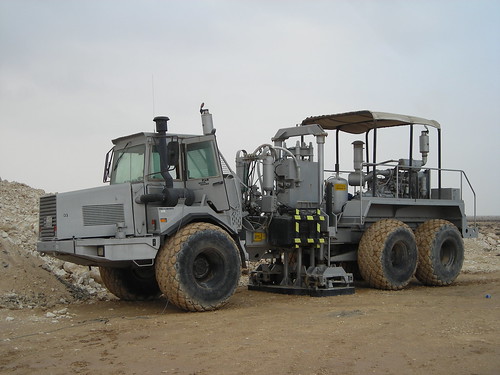
We've just had this review in from one of our readers, a great review of the DRU64CB wood burning stove:
I spent ages looking at different stoves. Really ages.
I wanted a stove that was capable of heating my 30x16' living room and 15x9' kitchen adjacent, that was really well made, would last for years, had clean contemporary lines yet not be boxy or like a tv set.
I'm really delighted with it, having had it now for 5 weeks, using it every single day.
It is fantastically easy to light. I scrumple up 3 sheets of newspaper, some kindling, a couple of large lumps of wood, and a big old log, light the paper, and shut the door. The whole lot is blazing within a minute or two.
I have found that a mixture of wood and homefire ovals makes for a really good combination. The ovals burn for a long time, and the wood produces the flames. Together they can make a spectacular blaze, really hot, and heat the place very quickly.
The controls really work well. You can damp it right down, for overnight burning. In the morning, the ash contains glowing coals and wood ash. A few sheets of newspaper, or even some kindling and a new log on top, shut the door and again its burning again.
The ovals produce more ash so the pan needs to be emptied daily. When just wood, only once a week or so as combustion is near complete.
If you want to get the fire roaring really quickly and hot, leave the lower ash pan door open for a while.

This stove has a side-opening door too, which is perfect for long logs when the fire is roaring. The brushed stainless steel door handle is removable and it works well, as it is always cool and you don't have to mess around with gloves or warn friends that the handle is hot, but you do sort of have to get used to the best way to orientate it - if I was designing the stove, I would make the handle easier to fit into the hole.
The finish is very nice as standard. The viewing window is really lovely, it's huge, with nicely rounded bow at the top which isn't twee or traditional but simple and perfect to look at. The firebox takes really big logs up to 18" long.
The instructions say that the fire does best to blaze to heat the room up, and then leave it for a while, and then blaze it again, if it isn't too cold outside. I think this is probably correct, rather than leaving it on a slow burn all day long. If you have quite a large firebox, as this is, then having it full and blazing really heats up the sides, whereas a smaller fire in the middle of the firebox doesn't get the cast iron hot enough and I wonder if much of the heat produced in a very small fire in a small firebox may go just up the chimney. It's a joy to see the stove really blaze anyway.
The control for the air flow entering at the base of the fire is very effective, but I have a one criticism, which is that at some low settings, it creates a situation where the dampening of the baffle plate begins to oscillate as just enough air is drawn in, and this can make a funny sound. It's easy enough to tweak it however to lose this.

Would I buy this stove again? Absolutely. I considered the Clearview Vision 500, for almost the same money, but it is a smaller stove (8kW instead of 9-11kW as this is), of steel rather than fully solid cast iron, and I prefer the DRU's design. Visually it is larger too, better suited to a big room.
The airwash really works very well. If it does go black, eg when burning very very slowly, or wood falls against the glass, then I have only ever needed to wipe it with a damp cloth to get it completely clear again.
So I'm very happy and would recommend to anyone else.
 Is the Fire On The Right Gas Or Electric?
Is the Fire On The Right Gas Or Electric? The flames emerge from within the fuel bed and appear to be burning in a ribbed fireback, the unique flame effect will make almost anyone question whether they are looking at an electric fire or an actual gas fire!
The flames emerge from within the fuel bed and appear to be burning in a ribbed fireback, the unique flame effect will make almost anyone question whether they are looking at an electric fire or an actual gas fire! Available in a choice of black, brass or silver finishes and features the Media Fret in black, aluminium or brass finishes allowing the flexibility to suit almost room style. The slimeline depth means that this fire can be fitted against a flat wall in any surround with a 76mm standard rebate. This means even houses without any additional depth can have an ultra-realisic fire without having to use a spacer.
Available in a choice of black, brass or silver finishes and features the Media Fret in black, aluminium or brass finishes allowing the flexibility to suit almost room style. The slimeline depth means that this fire can be fitted against a flat wall in any surround with a 76mm standard rebate. This means even houses without any additional depth can have an ultra-realisic fire without having to use a spacer.


























